BeadBuster makes the world’s best portable tire bead breakers and tools for the DIY and professional mechanic, race team, and farmer. BeadBuster works great on ATV’s, motorcycles, cars, 4×4 trucks, tractors, lawn mowers and even light aircraft. Now you can easily change your own tires at home or on the trail. Work less, ride more, and save money with BeadBuster’s tire change tools.
BeadBuster was founded by a pair of avid Powersports enthusiasts and DIY mechanics who were frustrated with the current selection of manual tire changing hand tools/expensive dealership service charges for swapping tires on their ATV’s and adventure bikes. Knowing we could do it better, we designed the most affordable and effective bead breaker to date, the BeadBuster Bead Breaker. BeadBuster’s goal is designing the best possible portable bead breaking tools to easily change your tires at home or on the trail, that do the job properly and efficiently, every time. Our high-quality, Made-in-USA XB-45x BeadBuster series are easy to use and come in four different model specs to support the casual weekend trail rider, all the way up to professional race teams. Our Bead Breakers work with any size wheel and rim including ATV’s, adventure bikes, track cars, off-road trucks, farm tractors, and trailers.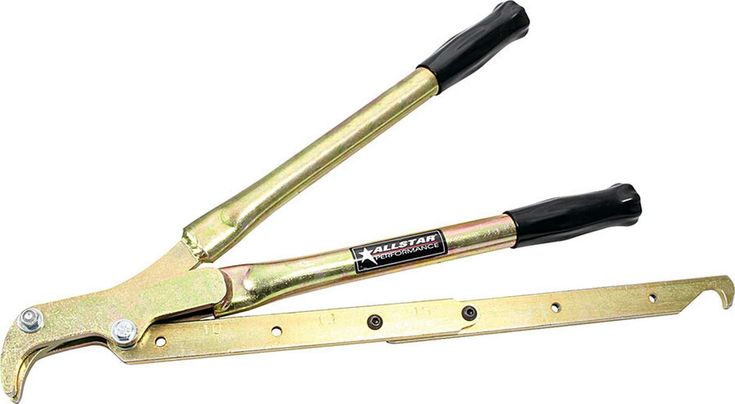 We stand behind the quality of our products and provide rock-solid warranties no matter what type of abuse you throw at them. Ride more and shop our online store for Bead Breakers, tire irons, tire changing hand tool, accessories, and full-line of spare parts.
We stand behind the quality of our products and provide rock-solid warranties no matter what type of abuse you throw at them. Ride more and shop our online store for Bead Breakers, tire irons, tire changing hand tool, accessories, and full-line of spare parts.
BeadBuster’s compact and lightweight motorcycle bead breakers make breaking the bead on any two wheeler a breeze. Our bead breakers are designed to work on every bike in your garage, from husky enduros and the orange team adventure bikes, all the way to cruisers and sportsters. Heavy Touring Bikes like the Honda Goldwing and BMW K1600 have really stubborn tire beads, but the BeadBuster bead breakers can deal with those just as easily.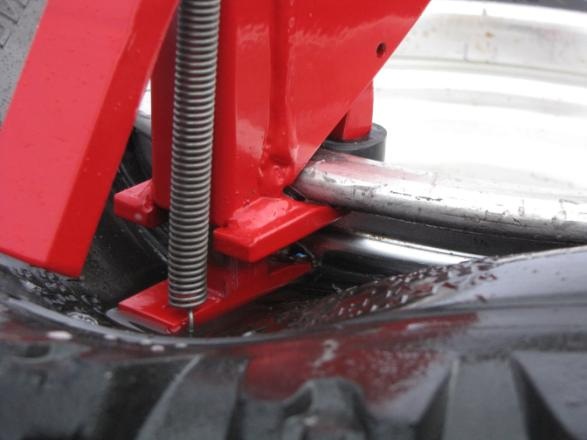 Our USA built XB-45x bead breaker range is easy to use, protects your spokes and rims from scratches, and is small enough to fit in your fender pack.
Our USA built XB-45x bead breaker range is easy to use, protects your spokes and rims from scratches, and is small enough to fit in your fender pack.
Will it work on my Bike? Yes! The XB-450 and XB-455 work on all motorcycle wheels including: Motocross, Enduro, Trials, Adventure / Dual Sport, Sport Bikes, Cruisers, Touring, Super Bikes.
ATV tires are some of the most difficult to change of any vehicle, and it was for this application that the BeadBuster was invented. The BeadBuster XB-45x series bead breakers are compact enough to take with you for those emergency tire changes on the trail or trail head…and it is powerful enough to break loose even the most stubborn, nasty, dry-rotted tire beads. BeadBuster has everything the ATV enthusiast needs for tire service on the trail, or at home in the garage.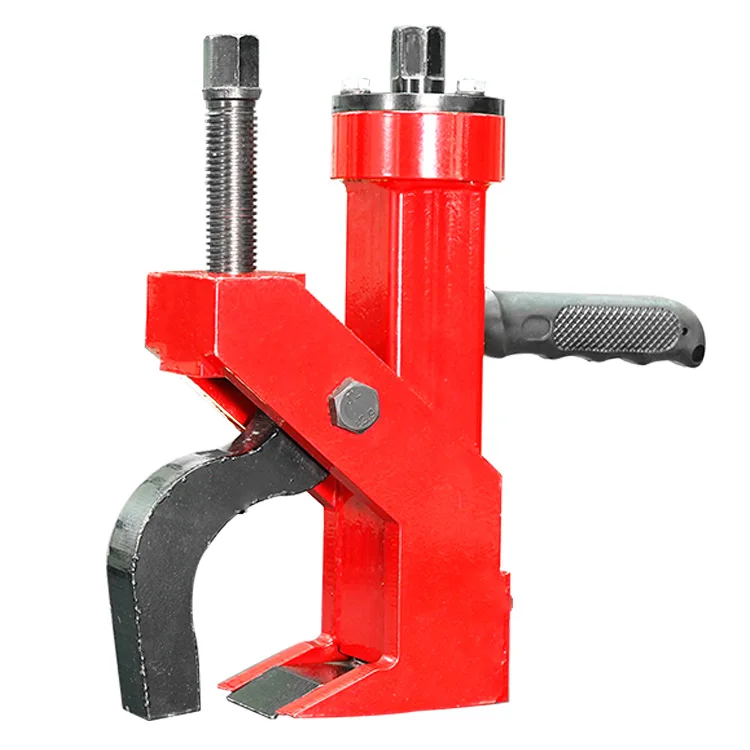
Will it work on my ATV? Yes! The XB-450, XB-455 & XB-451 work on all 7″&8″ mini-quad and 3-wheeler wheels with a separate spacer, and every other kind of ATV wheel >9″ including: Sport Quads, Utility Quads, Side by Sides (SxS), UTV’s, Amphibious 6 & 8 Wheeled vehicles.
You want to change your car tires yourself? The BeadBuster line of tire bead breakers have everything you need to get the job done. It doesn’t matter how big or wide or old the wheels are, the BeadBuster will make quick work of breaking the beads on your car tires.
Will it work on my Car? Yes! The XB-450 and XB-455 work on most passenger vehicle wheels. Certain cast alloy wheels have restrictive inside geometry and curvature that prevent the tool from clamping well, in which case a XB-452 will work well with these special-case wheels. Check out the info on the Help-Me-Choose page for more info.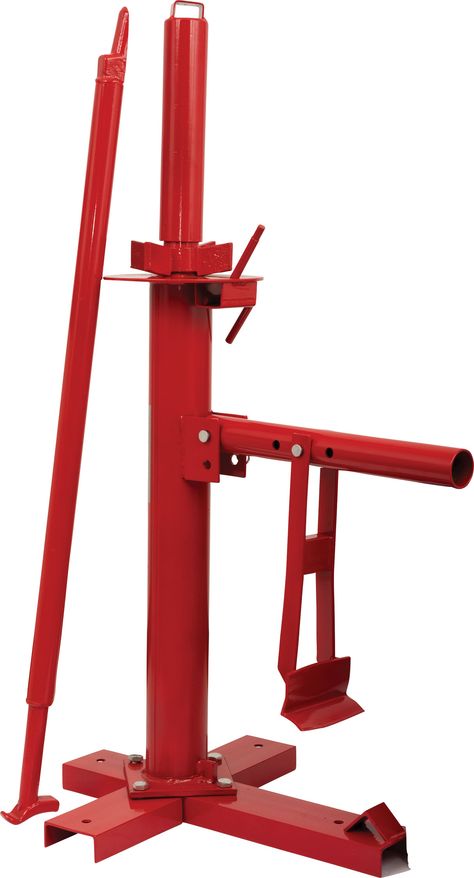
If you have a truck with big, chubby off-road tires…you’ve probably run into more than one tire shops that said their equipment wasn’t big enough to handle your tires. Now you can change those tire by yourself, at home, at your convenience…BeadBuster makes the job easy.
Will it work on my Truck? Yes! The XB-450 will handle lightly modified and street legal off-road trucks, and the XB-550 HD & XB-554 PRO will tackle everything else, including: Rock Crawlers, Mud Bogs, Monster Trucks, any thing with REALLY BIG WHEELS!
The XB-550 HD & XB-554 HD=PRO are our biggest and baddest manual bead breakers. We designed it to easily break the bead on the large tires found on farm tractors, industrial OTR (Off-The-Road) vehicles, heavy trucks and military vehicles. The XB-550/554 will take care of all of your farm tractor and large tire changing needs. If you need to change tires on vehicles like Skid Loaders and Grade-Alls, that have extremely thick side walls, you need the XB-554 HD-PRO.
The XB-550/554 will take care of all of your farm tractor and large tire changing needs. If you need to change tires on vehicles like Skid Loaders and Grade-Alls, that have extremely thick side walls, you need the XB-554 HD-PRO.
Will it work on my Tractor? Yes! The XB-550 HD was specifically designed to handle the big tires found on Farm Tractors, Military and Overland Vehicles, OTR and Industrial Vehicles, Semi-Tractor Trailers and Busses.
The XB-454 PRO was designed to handle extreme forces and repeated operation and abuse. Whether its the tight interference of race car tires, constant use in a production mechanic’s shop, or the critical functionality of a military application; the 454 PRO will hold up to any challenge you throw at it. The XB-454 PRO is proudly made in USA, entirely from 4140 chrome-moly steel that is hardened and tempered for ultimate strength.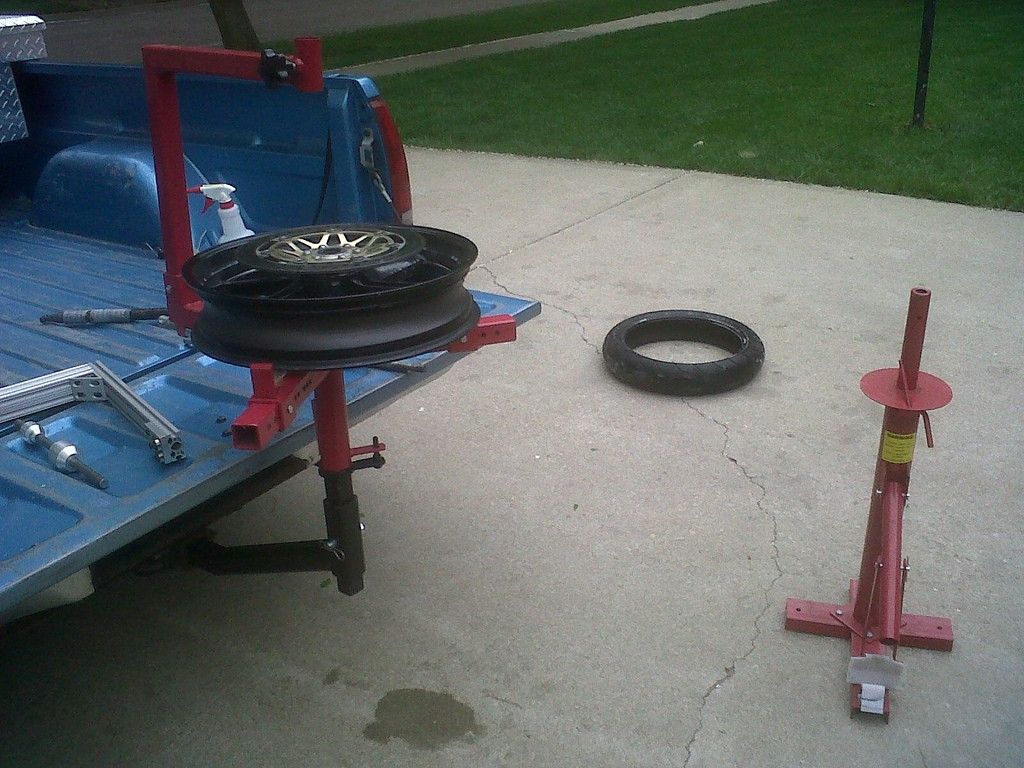 It is robotic welded for precision and accuracy.
It is robotic welded for precision and accuracy.
Will it work on my Race Car? Yes! The XB-454 PRO work on all kinds of race cars including: Sprint Cars, Quarter Midgets and Modified Stock Cars
CHANGE YOUR OWN TIRES …. AT HOME …. ON THE TRAIL …. ON THE ROAD …. AT RACE MEETS …. ANYWHEREESC-70160
Esco Dual Agricultural Tractor Manual Tire Bead Breaker
$149.95
3 reviewsKEN-35924
Ken-Tool Impact Bead Breaker
From $171.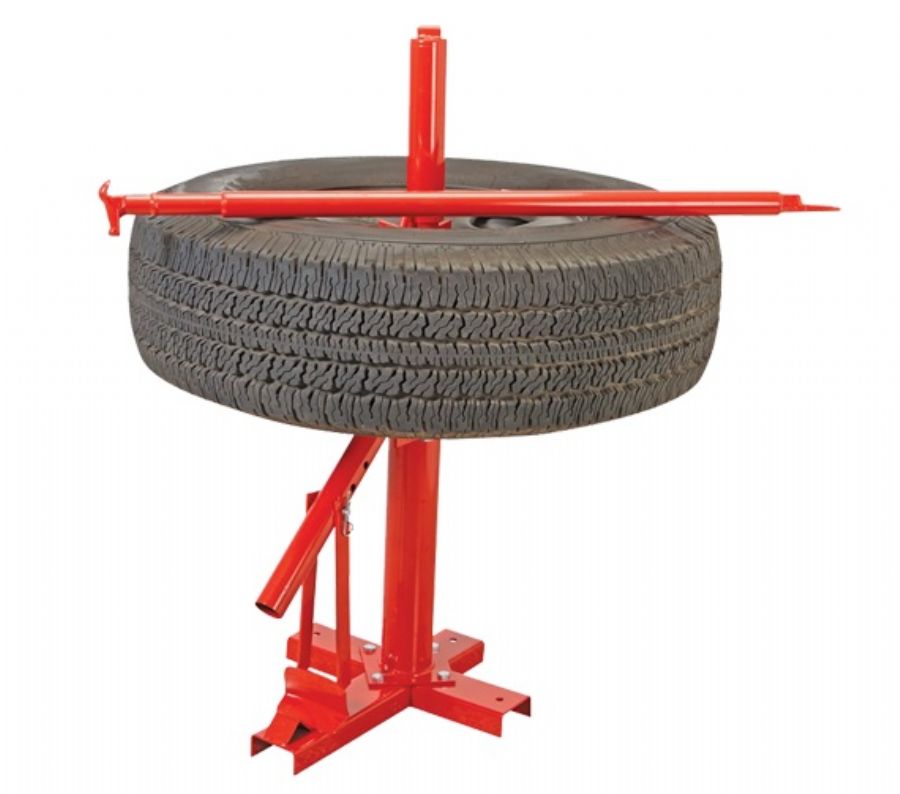 64
64
GTC-GTABB-01
Gaither GTABB-01 Pneumatic Bead Breaker
$785.00
CH-22
TSI Ch32 Manual Tire Changer for Small Tire
$298.99
KEN-35998
Ken-Tool T98 Deluxe Floor Type Bead Breaker
$507.20
KEN-33341
Ken-Tool Bead Breaking Tool for Truck, Farm, OTR (Ea)
From $65.24
ESC-70150
Esco Slide Hammer
$134.95
ESC-20429
Esco 20429 Pneu-Tek Pneumatic Tire Bead Breaker
$504.95
KEN-32124
Ken-Tool T24A Hand Held Bead Breaker (Ea)
$25. 91
91
KEN-34670
Ken-Tool T100 Portable Bead Breaker
$71.20
AME-71500
AME Big Buddy Bead Breaker Slide Hammer
$160.00
GTC-BV-04
Gaither Bead Vice Tool (For New Eva Wheels)
$139.57
AME-71600
AME Little Buddy Manual Bead Breaker
$120.00
3 reviewsTSI-Ch32-23
TSI Complete Small Tire Changing System, CH-22+CH-23
$587.44
OTR-STBB
AA HD Manual Bead Breaker
$528.00
1 reviewTSI-CH-4
TSI CH-4 Mongoose Tire Iron
$105.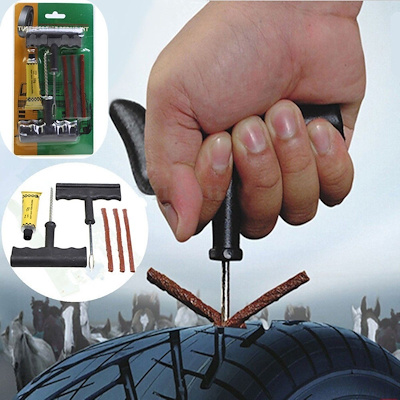 00
00
ESC-20429-BND
Esco 20429 Pneumatic Bead Breaker w/ FREE Tire Inflator
$504.95
AME-11002
AME 11002 Aluminum Mini Bead Breaker
$1,336.00
AME-11065
AME 300 Agricultural Manual Bead Breaker
$1,520.00
KEN-32126
Ken-Tool T26A Driving Irons
$45.12
1 review
Introduction
The most common operational tire defects and how to deal with them
Protector distortion
Lump (hernia)
Crack on the side
Uneven wear
Dents on the tread
Cut and puncture
Tread delamination
Spot wear
Diagonal dent
Tread break
Conclusion
Tires, as the busiest and most vulnerable part of a car, are regularly subjected to enormous stress and wear in contact with the track surface.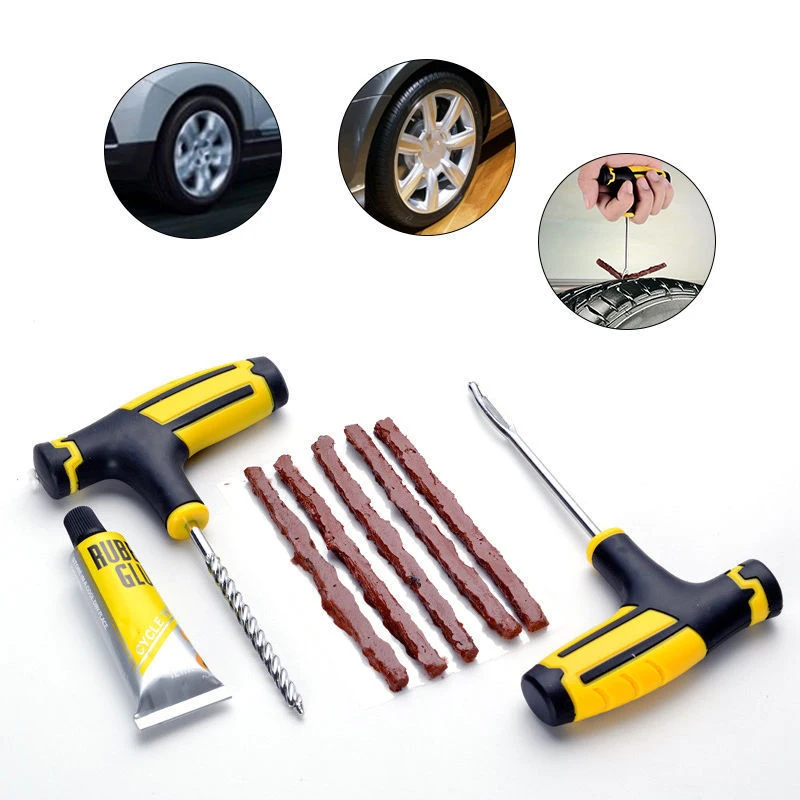 The number of defects and damages, both hidden and obvious, is incalculable. Most of them are caused by improper use of rubber, manufacturing errors or problems with adjacent parts. In the latter case, simply replacing the tires will definitely not solve the problem. We have compiled a short list of "popular" tire problems for cars and provided methods to fix them.
The number of defects and damages, both hidden and obvious, is incalculable. Most of them are caused by improper use of rubber, manufacturing errors or problems with adjacent parts. In the latter case, simply replacing the tires will definitely not solve the problem. We have compiled a short list of "popular" tire problems for cars and provided methods to fix them.
The surface is deformed with varying degrees of localization. Sometimes a defect in the operation of tires goes beyond their metal parts. This is caused by delamination of the inner layer due to either frequent overloads and shock loads, or corrosion of steel components. Moisture gets inside through microcracks, which causes this defect. This is an extremely serious damage, which does not imply either the further use of rubber or its elimination in tire fitting, since the internal parts of the structure are affected. All that remains is to put in a new one, and hand over the damaged one for recycling.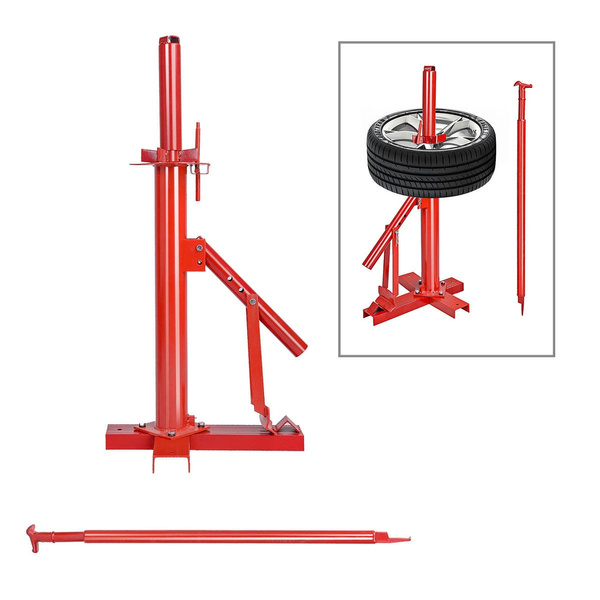
There are only two methods for preventing such damage: monitor pressure, avoid overloading, and regularly inspect tires for such defects. It may happen that such a tire is not the only one, and one of its neighbors has similar troubles in varying degrees of neglect.
A rounded bump may form on the sidewall or on the work surface. The most common cause of a defect in damage to the internal structure of the tire (cord) is the rupture of synthetic threads as a result of overheating at low pressure or due to severe shock loads (unsuccessful hitting a curb, an accident, fast driving over bumps). The problem is exacerbated if the tire is still over-inflated, as some drivers advise, which, they say, improves handling and helps reduce fuel consumption. This is true, but the reverse side of such “savings” is increased wear of rubber, i.e. as a result, the car owner will pay much more by correcting defects.
If the tubercle on the sidewall is practically invisible to the eye (up to 20 mm), then the malfunction can be eliminated in the tire center using a special patch, which will be placed from the back of the tread. Additionally, you can straighten the disc, as it could bend after damage. But if the size of the hernia on the sidewall exceeds 15-20 mm, the tire will have to be replaced immediately, since the defect will only increase with each trip, which will eventually result in severe wear and tear on the go.
Additionally, you can straighten the disc, as it could bend after damage. But if the size of the hernia on the sidewall exceeds 15-20 mm, the tire will have to be replaced immediately, since the defect will only increase with each trip, which will eventually result in severe wear and tear on the go.
A dense network of cracks of various sizes appear on the sidewall of the tires. Such damage usually occurs in old tires, or those that have not been stored properly. High temperatures, humidity, direct sunlight, wear, positioning errors (for example, if they are simply piled on top of each other, which is prohibited for simple rubber without rims) lead to surface destruction and cracking of the sidewalls and the working area. These tires have a gray or greenish tint. If the crack runs along the rim of the wheel, then this directly indicates a lack of pressure.
Repairing an "aged" tire is not very smart, sometimes it's cheaper to buy a new one. Use or not - you can only judge by the depth of these cracks. If the sidewall damage is not too serious, then the tire can still be used for a couple more seasons, but it is still better to replace it soon, before the cracks get deeper.
The running surface wears unevenly in certain places, which quickly leads to failure of the entire tire, even if most of the tire does not have serious damage.
Divided into five types of defects:
Wear on one side. Rubber slides off the edge in an even layer without any bumps, abrasions and tears, while the center is relatively intact. Typically, such a defect is formed due to incorrect adjustment of the vertical angle of the wheel - camber, but it can also be caused by other problems with the suspension (wear of springs, hinges, suspension bushings, etc.). You can fix this technical problem only by contacting the tire center, where they will competently adjust the wheel alignment on a professional optical stand.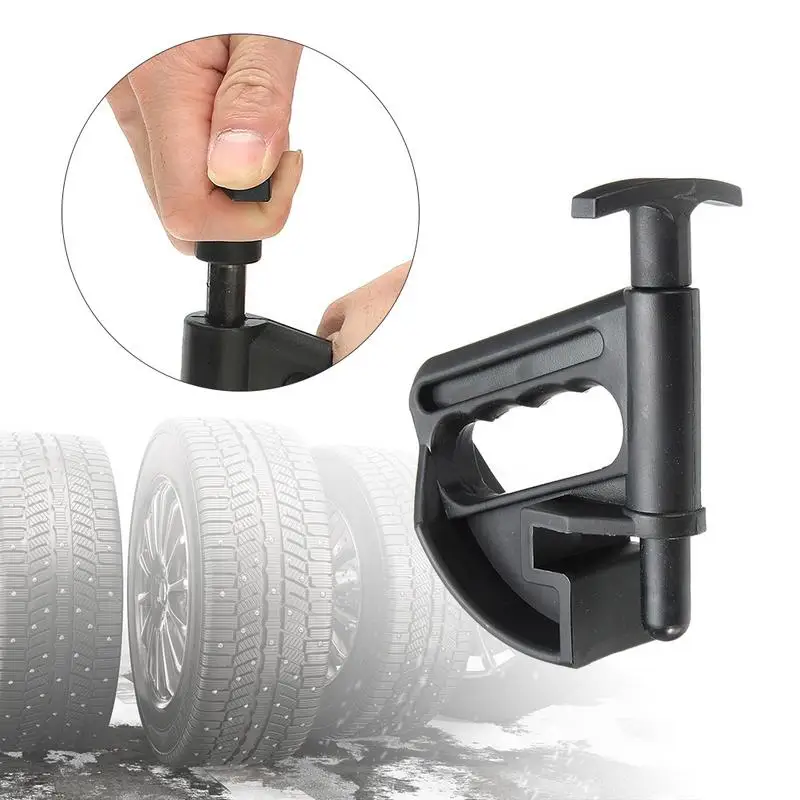 This procedure is quite complicated, it is better not to do it yourself unless you are a technical specialist.
This procedure is quite complicated, it is better not to do it yourself unless you are a technical specialist.
Wear in the middle. Rubber wears out mainly in the central zone, since here the contact with the track is much stronger than on the sides. Because of this, traction is much worse. The main cause of uneven damage is over-inflation of tires, which often occurs if the driver does not control the pressure in cold weather or during sudden changes in temperature. Eliminating the defect is quite simple even with your own hands: you just need to adjust the pressure in all tires.
Side wear. The rubber wears off on the shoulder areas, giving them a more rounded shape. The cause of the defect is low pressure due to frequent trips in an overloaded state or shock loads. You can repair the damage in the same way as in the previous case: add pressure and adjust all wheels to the same level. To prevent this from happening again, you should avoid carrying heavy loads and drive more carefully.
Wavy wear. Damage in different places in the form of a spot or wave. Most often, this defect is typical for the rear axle of the car due to incorrect wheel geometry and suspension problems. Most likely, the alignment is broken, which can only be corrected in the tire center at a special alignment stand.
If the damage is not too severe and the depth of the grooves is more than 4 mm, then the tire can still be used successfully, provided that you have eliminated the cause of uneven wear (set the wheel alignment, eliminated excessive loads, adjusted the pressure, etc.).
On its surface there is a relief from a huge number of bumps and dents. This damage is due to serious problems with the suspension, which cannot cope with shock absorption, and as a result, most of the load falls on the wheels, which provokes additional wear. Even worse if the driver is used to driving over rough terrain.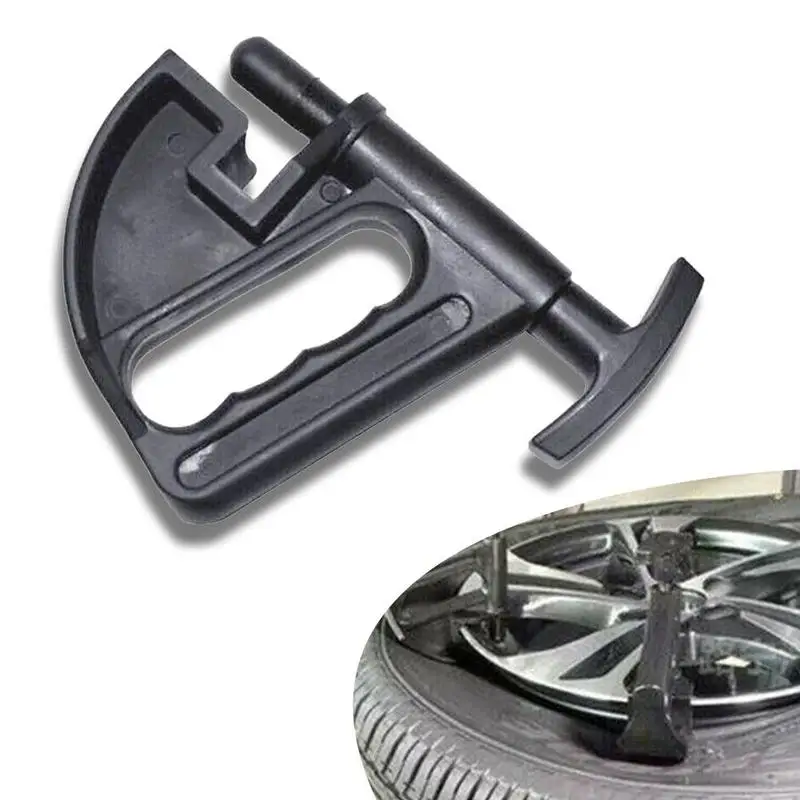 Ultimately, the load is distributed extremely unevenly, which gradually leads to such a defect.
Ultimately, the load is distributed extremely unevenly, which gradually leads to such a defect.
The only way to repair the damage is to go to a car service, where professionals will conduct a complete diagnosis of the suspension and identify the cause of tire wear (camber, shock absorbers, etc.). It is unlikely that they will help you in tire fitting, since it is already impossible to correct the shape of the tire.
The rubber has come apart in the working area or on the sidewall. If we exclude deliberate damage by an ill-wisher, then such damage, as a rule, occurs as a result of a collision with sharp objects (glass, nails, metal parts, etc.) or collisions. You can give the tire for repair, but if the depth of the “wound” of the sidewall reaches the carcass itself, then only a new tire will help.
Part of the tire is torn off due to damage to the internal structure. The reason for this defect is frequent overloads and low tire pressure.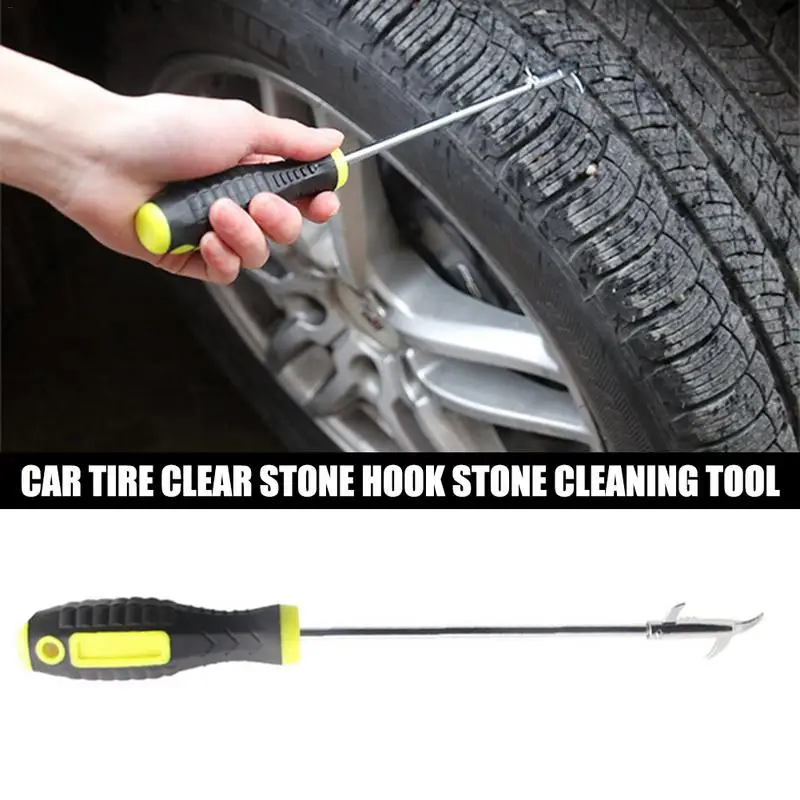 As a result, the rubber overheats, the metal insides are oxidized and the components are separated. It will not be possible to fix such technical problems in tire fitting, and the only way out here is a new tire. In the future, you should strictly adhere to the manufacturer's recommendations for the proper operation of rubber, monitor the level of wear.
As a result, the rubber overheats, the metal insides are oxidized and the components are separated. It will not be possible to fix such technical problems in tire fitting, and the only way out here is a new tire. In the future, you should strictly adhere to the manufacturer's recommendations for the proper operation of rubber, monitor the level of wear.
Indentation or damage in one place, usually accompanied by numerous nicks and tears at the edges. The most common cause of a defect is very sharp braking with simultaneous skidding. Vehicles without ABS are particularly susceptible to this type of damage because they do not have anti-skid protection. More dents can appear on cars that have been in one place for a long time. Also, the matter may be in the deplorable state of the brake system, which requires repair of the wheels. In the future, it is not recommended to use a damaged tire, as it will cause strong vibrations and shaking, not to mention increased wear.
The dent runs along the work area, causing uneven wear. Such a defect is typical for rear axle tires in front-wheel drive vehicles that have incorrectly set camber angles. Or the reason is that the driver overloads the trunk too often, and all the weight is constantly pressing on the rear wheels, causing damage. It's unlikely to fix the dent.
There are tears and cracks on the blocks or on the side. This usually occurs among lovers of drifting and aggressive driving on winding and broken roads. This style of driving significantly reduces the service life, leads to numerous damage to the working area and heavy wear. Rubber will still serve if it does not have deep cracks, however, if you do not change your habits, then in the end the tire will simply explode on the go. In the future, uneven, grainy asphalt pavements should be avoided.
The most common cause of all defects is too much or too little pressure.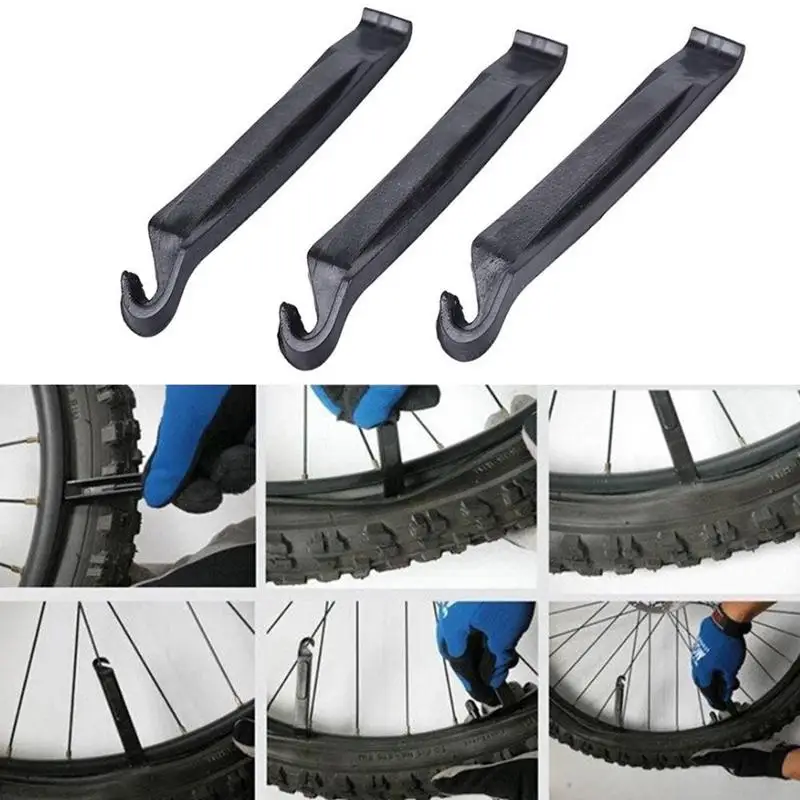 If the driver does not monitor the inflation of tires, then problems with wear are provided to him. Also, many car owners carelessly refer to the wheel alignment process, which is the only one that can help to avoid many defects.
If the driver does not monitor the inflation of tires, then problems with wear are provided to him. Also, many car owners carelessly refer to the wheel alignment process, which is the only one that can help to avoid many defects.
If you suspect uneven wear, BlackTyres can book an alignment procedure. Specialists work on a modern 3D-stand Hunter HawkEye Elite, they do everything quickly and competently. They can also fix cuts and punctures, straighten rims and adjust tire pressure.
If you need to replace a damaged wheel, go to the catalog - we have a wide selection of tires and wheels from the world's leading brands.
But what to do if the erased tire relief does not give the proper level of grip? In this case, you need to take a groover to cut the tread and restore the grip level. How to do it? Read about it in our article.
Factory cutting of lamellas in car tires involves the creation of grooves with a sufficient depth, but over time their height melts, rubbing against the asphalt and the ground surface.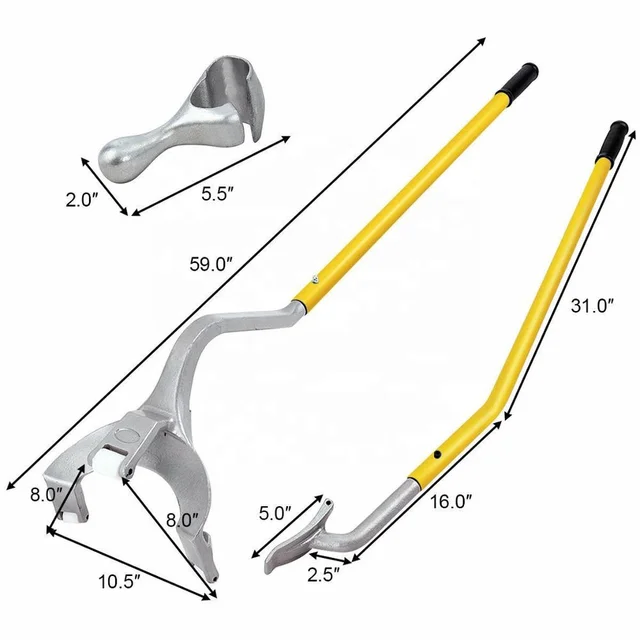
The minimum admissible knurling depth cannot be less than:
If the tire is worn down to the marker sewn into the rubber, you will have to buy a new tire. If you want to avoid unnecessary expenses, try cutting new grooves in thick rubber before its height drops below 0.8-2.0 millimeters.
To restore rubber, you will need a special groover knife and a good eye. If you have the skills and a special tool, you can cut the tread with your own hands in just one or two hours, saving a lot of money. However, this technology does not work with all tires.
| Photo of UAZ car tire before cutting | Photo of UAZ tire after cutting |
|
| |
The widespread fascination with ecology and the threat of global warming has changed the fate of worn wheels.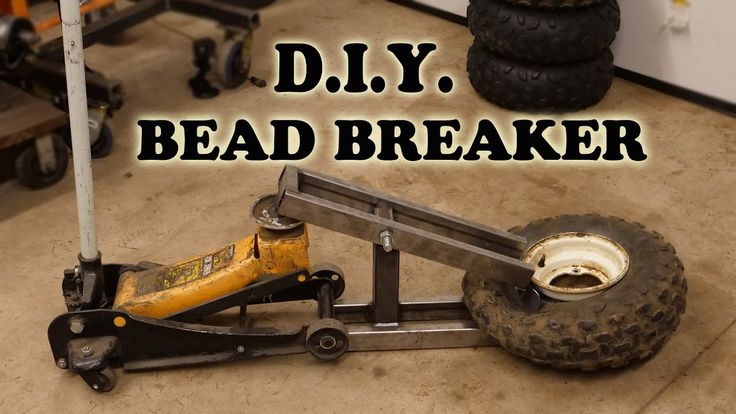 Previously, such tires formed man-made mountains in every landfill. Today, according to the requirements common in the European Union, the following types of tires are subject to mandatory restoration:
Previously, such tires formed man-made mountains in every landfill. Today, according to the requirements common in the European Union, the following types of tires are subject to mandatory restoration:
Restoration of truck tires and swamp tires for SUVs is possible only with the assistance of a manufacturer who has provided for compatibility with cutting technology at the rubber production stage. Therefore, it is possible to cut tires at home only if the inscription - REGROOVABLE is read on their sides.
If you do not see such an inscription, contact a car repair shop or abandon the idea of \u200b\u200bretreading. After all, the wheel of a passenger car is pumped up to 2.5 atmospheres, and up to 8 bar is blown into the tire of a truck, so even the slightest mistake when cutting will reduce the life of the tire several times.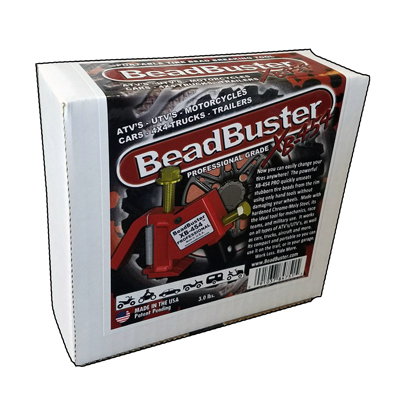
Before cutting new grooves on the tread, you need to find a device suitable for the case. In auto repair shops, a special machine for car tires is used for these purposes, and home craftsmen prefer to cut the tire with their hands using knives or machines.
The most popular tread cutter is the electric regrower. This knife-soldering iron hybrid cuts grooves from 0.5 to 5 millimeters deep to create a new tread pattern. Even a cast tire cannot resist such a cutter. Moreover, the combined (thermal and mechanical) effect on the rubber does not involve great effort when cutting. A professional device for restoring lamellas differs from a tool for garage craftsmen in the ability to change cutting nozzles. Manufacturers of such machines produce special sets of nozzles for each brand of car or truck tires. Some tools allow you to cut several lamellas at once in one movement.
Reducing the tread depth reduces the tire's grip on the road, so to improve stability, you need to deepen the existing grooves without widening them.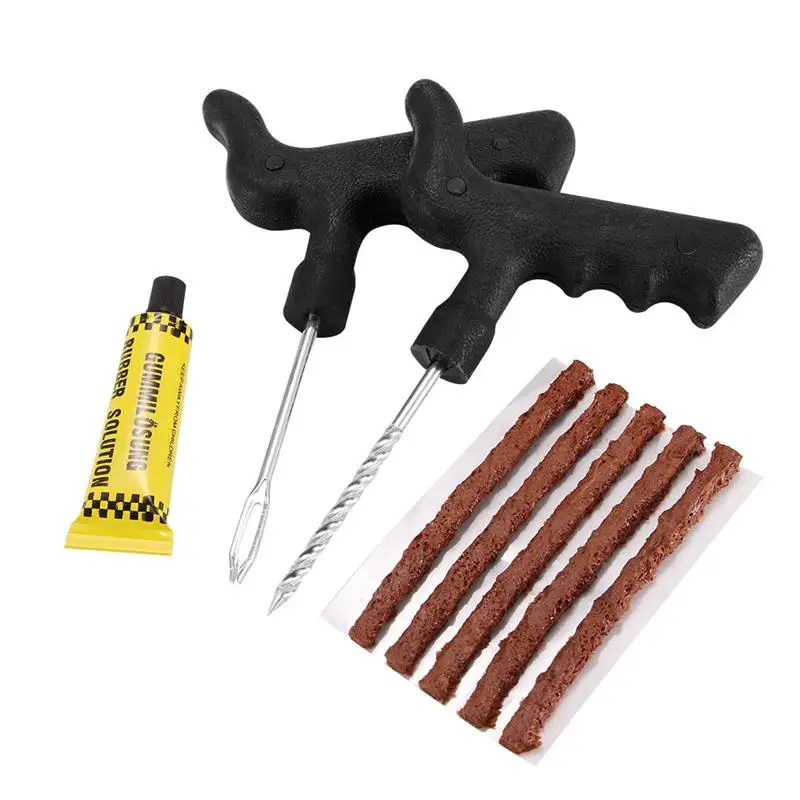 For these purposes, you need to find a special regrower attachment or make a homemade knife for passenger tires and cargo treads.
For these purposes, you need to find a special regrower attachment or make a homemade knife for passenger tires and cargo treads.
If tires are cut with a car regrower, the tool moves from the center of the tread to its edge. In this case, you need to control the position of the elbow - it must remain in a plane parallel to the contact patch. If you raise or lower your elbow during a cut, an extra hole or an area that is not selected in depth will appear on the tread.
When cutting thick truck tires or cast tires for special vehicles, this error can be corrected by transferring them to a car repair shop. Thin passenger tires do not forgive such failures. You can ruin a tire in just one awkward move. Therefore, most often, owners of old tires for UAZ, ZIL or GAZ take up self-cutting, but it is better for owners of passenger cars to restore their tires only in the workshop.
Summer Drive Protection Sound Comfort
Rating:
4. 5
5
Tires Goodyear Eagle F1 Asymmetric 3 SUV
Summer Drive protection
Rating:
4.5
Tires Goodyear Eagle Sport TZ
Summer Drive protection
Rating:
4.5
Tires Goodyear EfficientGrip 2 SUV
Summer Drive Protection Run On Flat
Rating:
4.5
Tires Goodyear EfficientGrip Performance
Winter Drive protection
Tires Goodyear UltraGrip Arctic 2 SUV
Winter Drive Protection Sound Comfort
Rating:
4.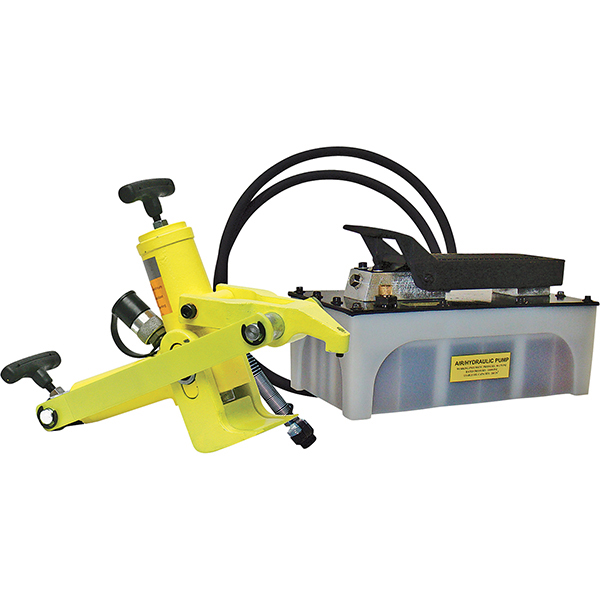 5
5
Tires Goodyear UltraGrip Ice 2
Winter Drive Protection Sound Comfort
Rating:
4.5
Tires Goodyear UltraGrip Ice SUV
Winter Drive protection
Tires Goodyear UltraGrip Performance+ SUV
All season Drive protection
Rating:
5
Tires Goodyear Vector 4Seasons Gen-3 SUV
Summer Drive Protection Run On Flat
Rating:
4
Tires Goodyear Wrangler HP All Weather
All season Drive protection
Rating:
4. 5
5
Tires Goodyear Vector 4Seasons
Summer
Rating:
4.5
Tires Goodyear Wrangler All-Terrain Adventure with Kevlar
Summer Drive protection
Rating:
4.5
Tires Goodyear EfficientGrip SUV
Summer Drive Protection Run On Flat
Rating:
4
Tires Goodyear Eagle F1 Asymmetric SUV
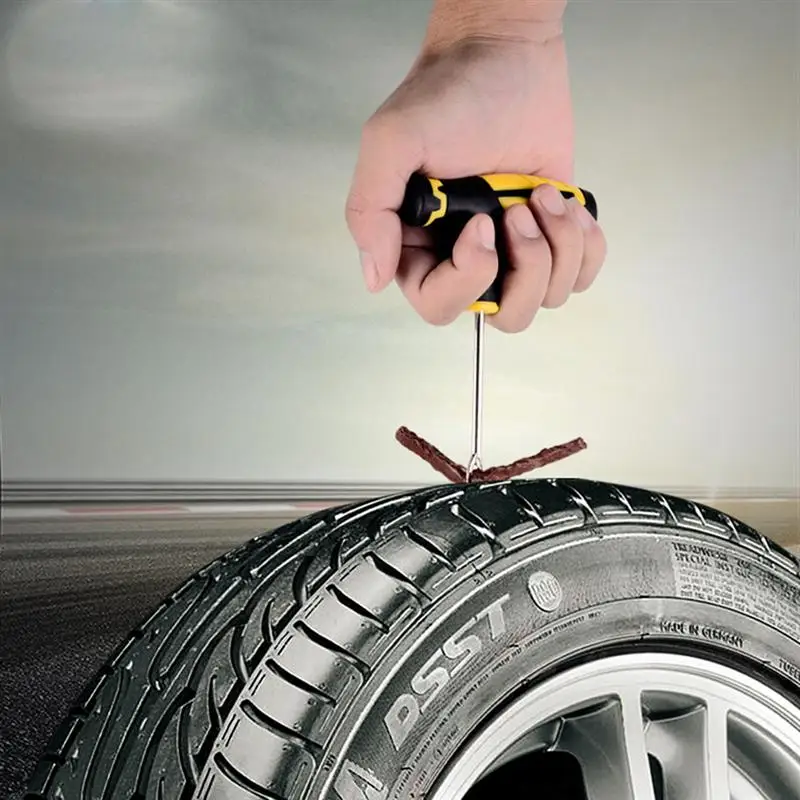 After that, carry out the entire complex for cleaning the wheels before selling - remove the dust, wash the rubber from the inside and out, perform blackening. It is much more pleasant to work with a clean tire, especially if you do all the work with your own hands and home tools.
After that, carry out the entire complex for cleaning the wheels before selling - remove the dust, wash the rubber from the inside and out, perform blackening. It is much more pleasant to work with a clean tire, especially if you do all the work with your own hands and home tools. 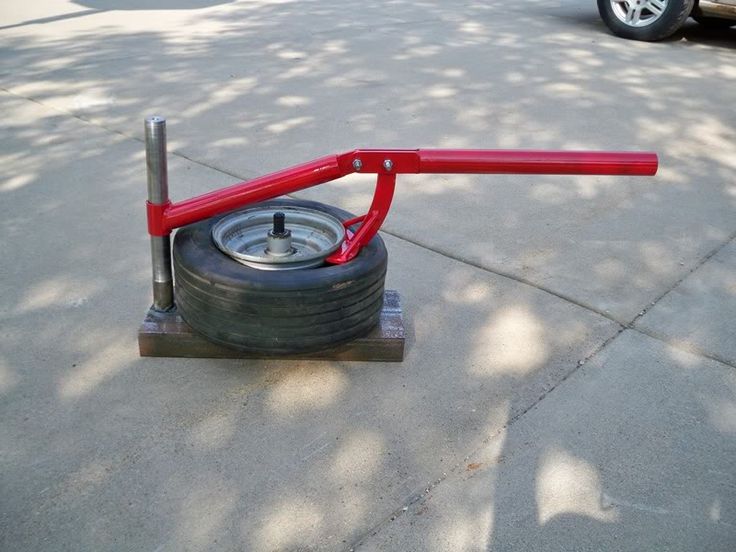 Just do not press the tool on the tire - this way you can cut the rubber through and through. A professional does the job in several passes.
Just do not press the tool on the tire - this way you can cut the rubber through and through. A professional does the job in several passes.
This video shows the sequence of processing a tire by a professional groover. As you can see, the master uses special nozzles that allow you to neglect measuring the depth of cut. This saves time and improves the quality of processing.
This saves time and improves the quality of processing.
If you want to go that route, first check how much professional cutting equipment costs. It is possible that its price will seem excessive to you, and you will prefer to order this work from professionals.
This video shows how the homemade tool works. A machine made from a conventional soldering iron works no worse than professional equipment. A heavily worn tire is covered with new grooves in just 6-7 minutes. But if you want to go this route, pay attention to the impossibility of adjusting the depth of cut. In fact, it depends on the pressing force. The author of the video suggests “cutting the tire as you like,” which does not guarantee the long life of the rubber and the safety of the vehicle owner.